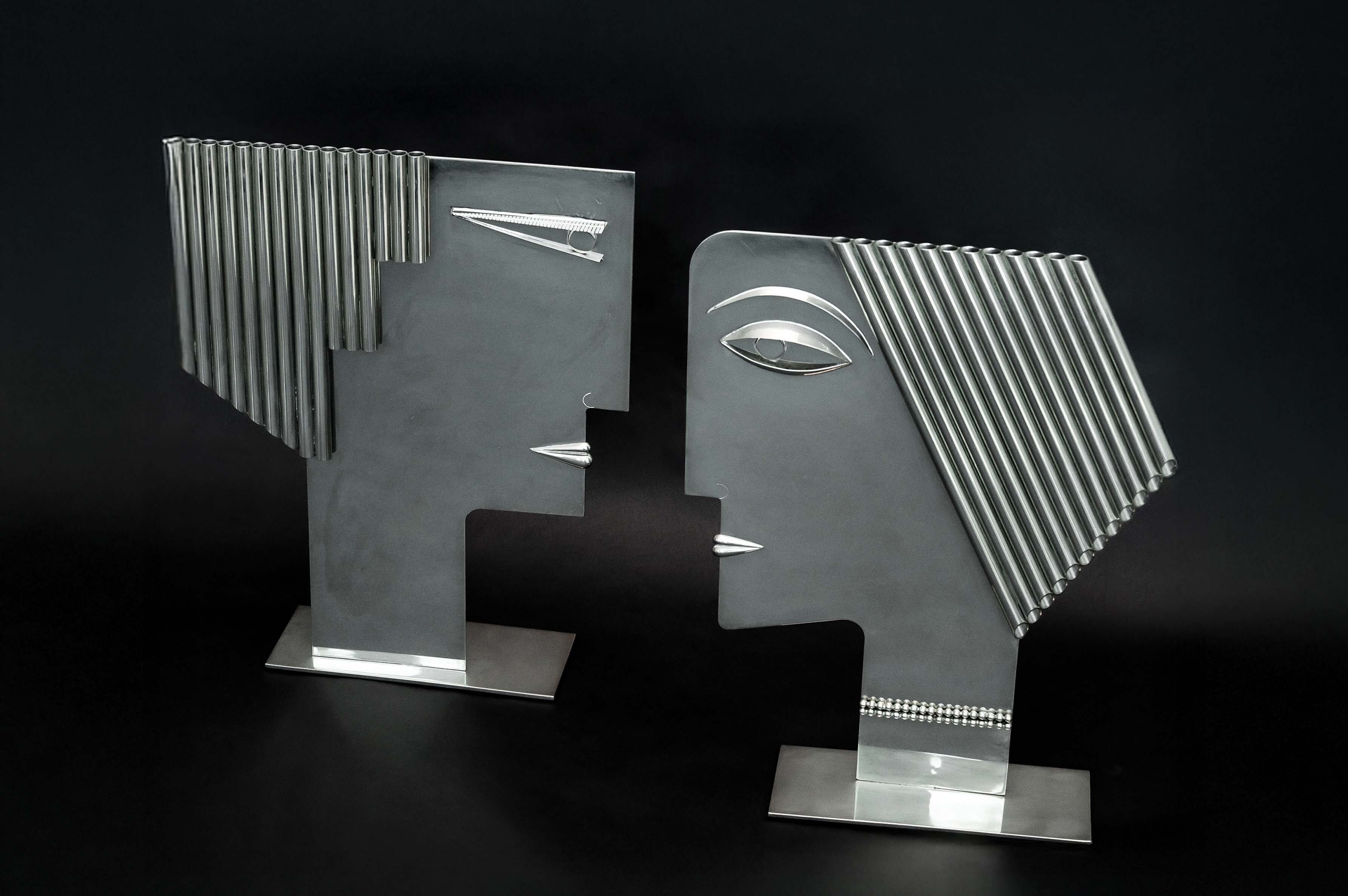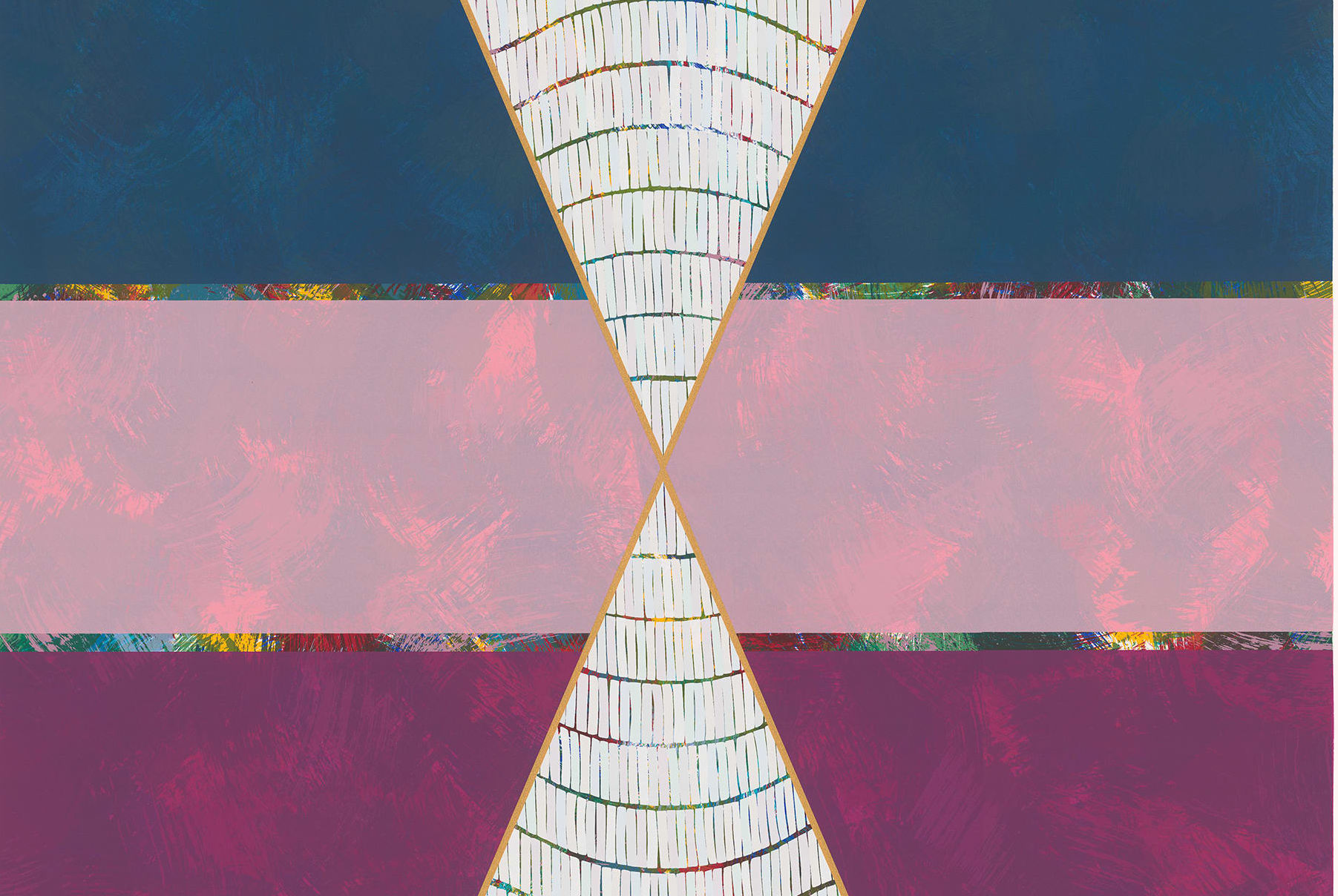Highlights from The Ringling's New Center for Asian Art
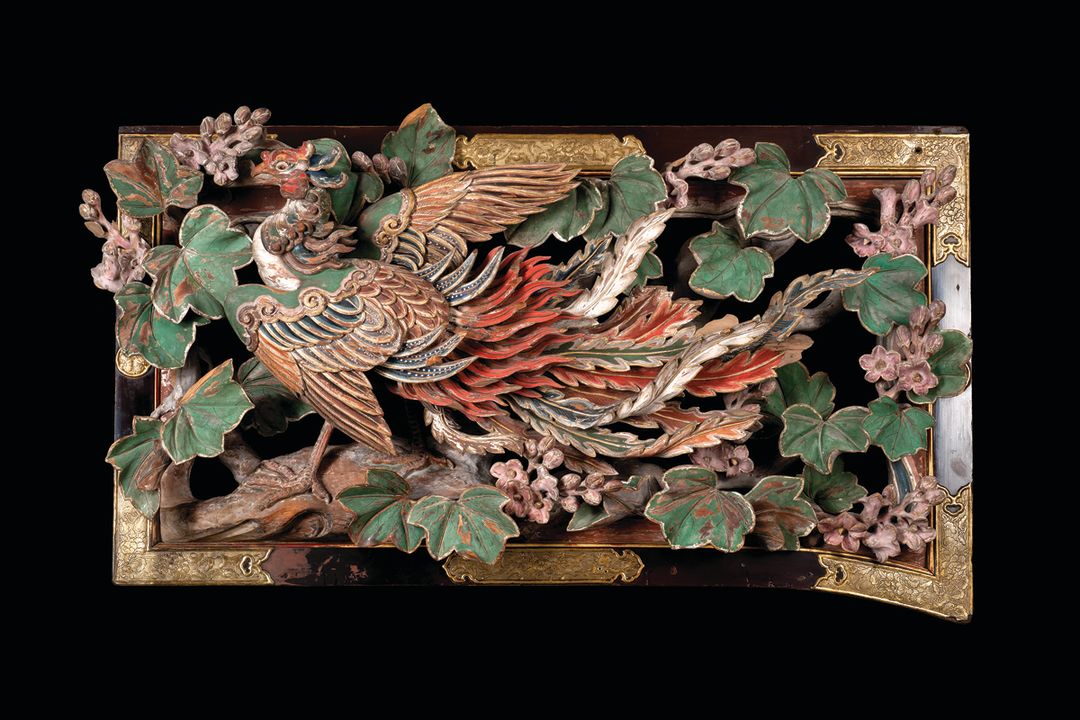
Detail from Phoenix Transom Overdoor Panel.
The Ringling’s new three-story, 20,000- square-foot-plus Center for Asian Art in the Dr. Helga Wall-Apelt Gallery of Asian Art (yes, that name is a mouthful) opened a couple of weeks ago. There were obstacles along the way, including delays in realizing the acclaimed design by Boston-based architecture firm Machado Silvetti. (Those custom-designed glazed jade-green terra cotta tiles on the building’s exterior have to be placed just so.) And there have also been ongoing legal matters related to the withdrawal of the collection of Asian art aficionado Wall-Apelt, who nevertheless did provide initial funding for the center and for its Asian art curatorship.
Shortly before the opening, we took a sneak peek on a tour with executive director Steven High and Fan Zhang, the Helga Wall-Apelt Associate Curator of Asian Art. The dramatic red interiors and high ceilings of the Selby Grand Hall, windows overlooking the museum grounds and Sarasota Bay, climate-controlled object and print study room and 125-seat lecture hall make an impressive setting for the Asian collection.
And what about the art itself? The Ringling is best known for its Baroque art, although exhibitions have highlighted its collections of Asian art, which include pieces acquired by John Ringling himself, along with the collection of Ira and Nancy Koger, works of the Turkomen tribes from the collection of Stephen Wilberding, and Japanese prints gifted by Charles and Robyn Citrin.
We asked Fan Zhang to select some highlights of the collection, which will focus on three aspects of the museum’s holdings: objects from China, Japan, Korea, India and other regions in South and Southeast Asia; works that reflect the cultural exchanges that occurred between West and East in the age of the Silk Road trade; and 20th and 21st-century Asian art.
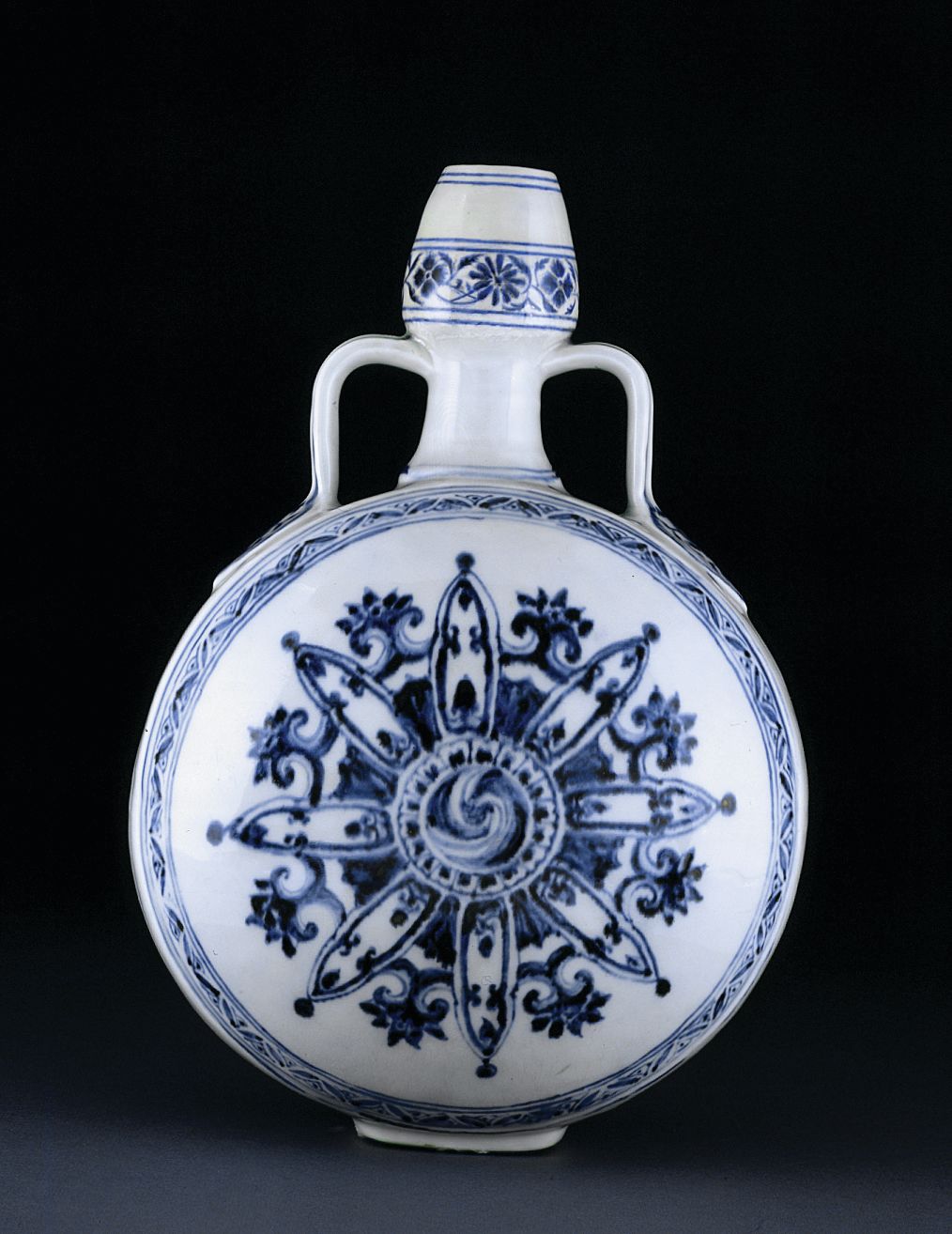
Blue and white pilgrim flask, white porcelain, Chinese, Ming Dynasty (gift of Ira and Nancy Koger)
Porcelain and ceramic works dominate the 343 pieces in the Koger collection. This piece, from the early years of the Ming Dynasty, dates from around 1420. Zhang says such vessels were likely inspired by Middle Eastern round brass canteens that were gifts to the Yongle emperor from rulers in the Middle East and Central Asia; in return, such pilgrim flasks were bestowed by the Ming emperors as gifts to foreign heads of state.
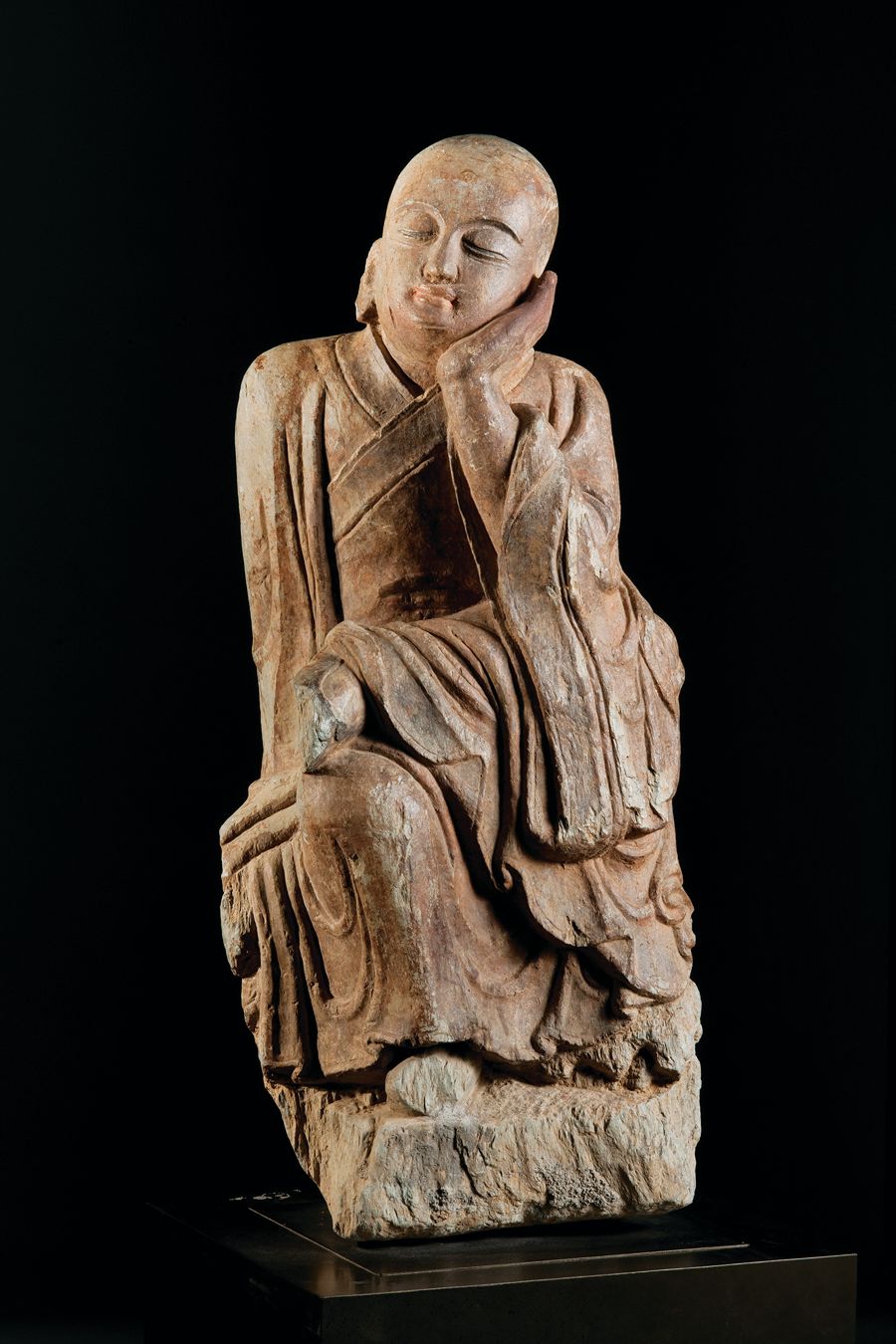
Seated young Arhat (Luohan), Chinese, 13th-14th century, limestone with paint (gift of Ira and Nancy Koger)
“One of the finest examples of Yuan dynasty Buddhist art,” says Zhang. The statue represents a young monk in a moment of meditation; he’s possibly one of the 500 arhats, those perfected Buddhist disciples who have gained insight into the true nature of existence. Yuan Buddhist sculptors chose a realistic approach to imitate daily life, which made their icons and images more popular among common folk. “Viewers can sense from the monk’s sweet smile the enjoyment of his moment,” Zhang says.
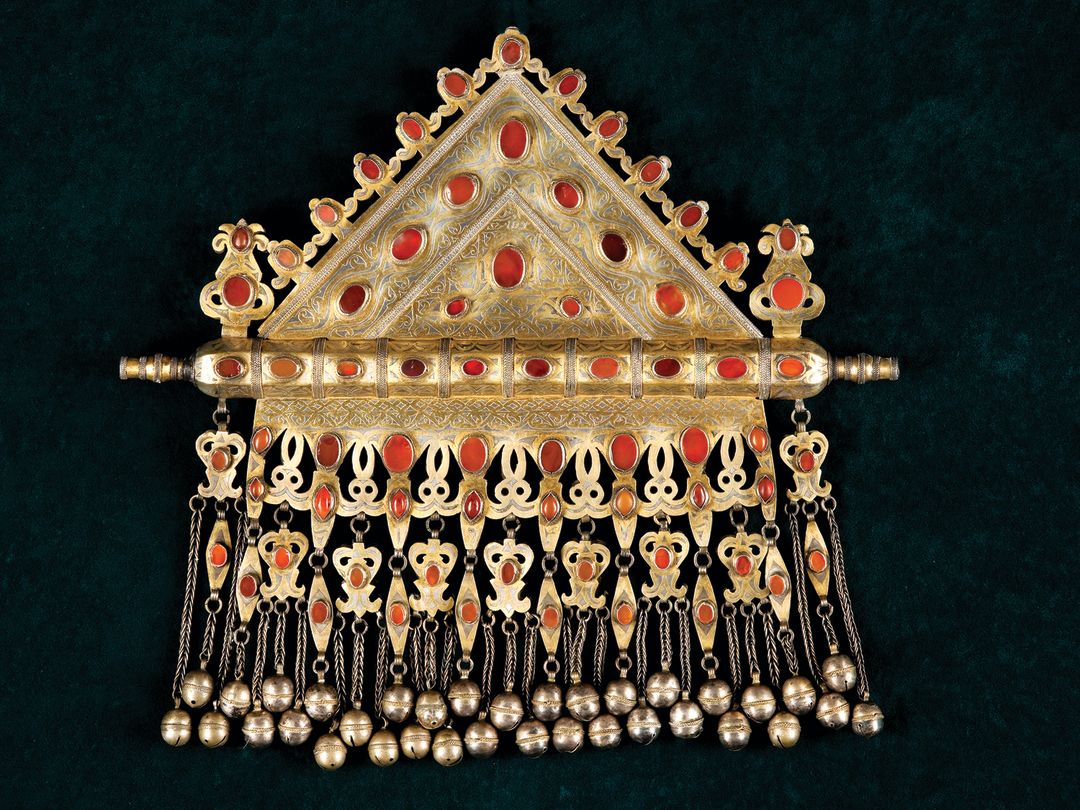
Charms and amulets, silver, gold and carnelian, Amulet Breastplate (Tumar), Teke Tribe, first half of 20th century (gift of Stephen Van C. Wilberding)
This breastplate is among 12 to 15 pieces from Wilberding’s collection that will rotate in display cases on the center’s third floor. Zhang says it’s a “dazzling piece, with gilded silver and embedded semiprecious stones.” This type of jewelry was first worn by a woman at her wedding; the tube portion of the object, called a bozbend, is hollow in order to hold written prayers or other sacred objects.

Phoenix transom overdoor panel, wood and metal, carved and painted open work relief panels with birds and flowers, Japanese, Meiji Period, late 19th century (bequest of John Ringling, 1936)
“Few people know that Ringling collected Asian art in the early years,” says Zhang. “These panels are believed to be from the Edo period of the 1880s, when the Japanese started to embrace Western civilization. We strongly suspect that John Ringling traveled to the Columbian Exposition of 1893 in Chicago; the Art Institute there also collected panels like this. This one, which used to hang like a transom over the Ringlings’ first house here, Palms Elysian, will be on display in the Ting Tsuin & Wei Fong Chao Foundation Gallery (opening in May), and a Japanese Buddha will be placed beneath it.”
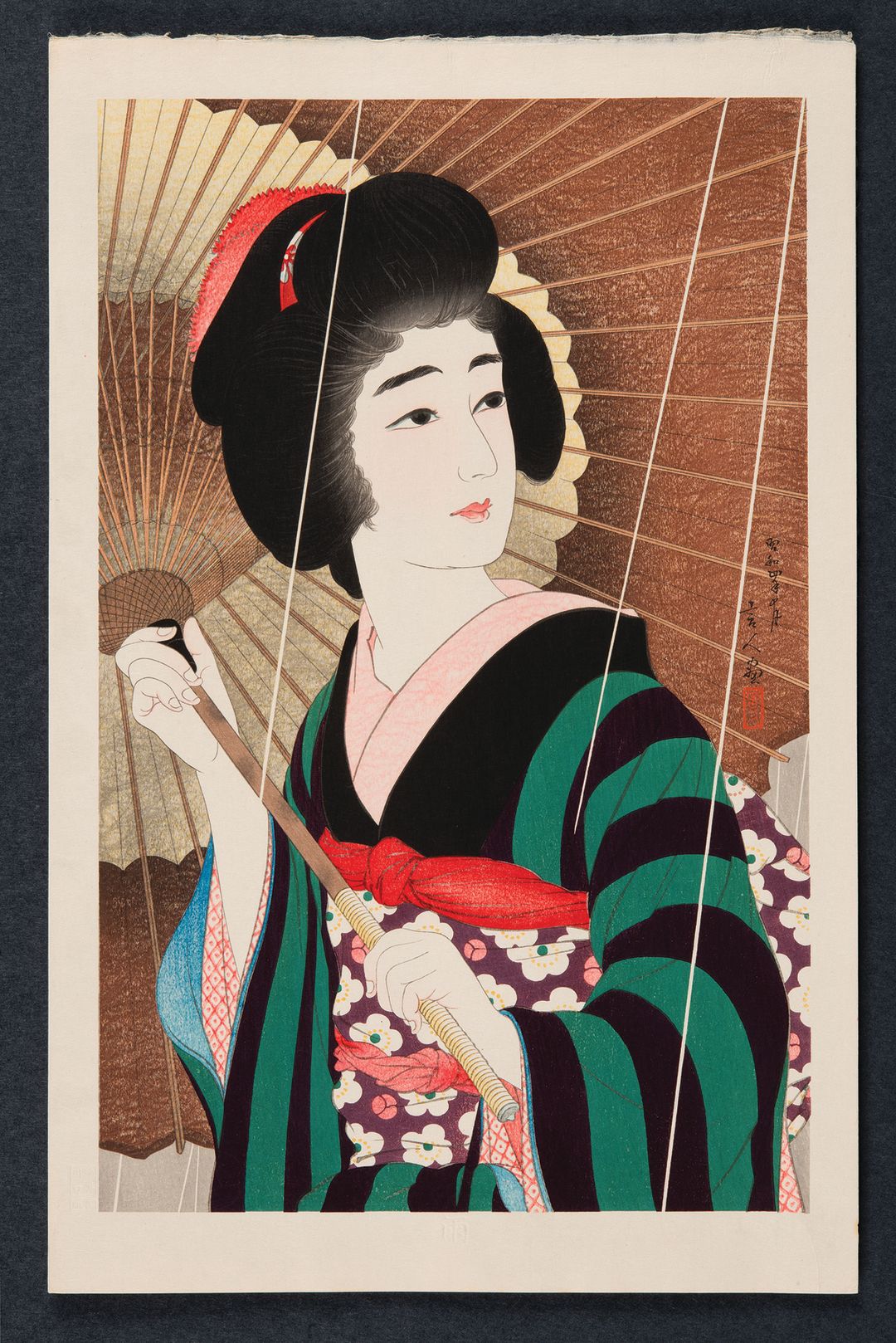
Rain, color woodcut on paper by Kotondo Torii, Japanese, 1929, later limited-edition print (gift of Charles and Robyn Citrin)
This rendering of a woman in a green and black kimono holding a large umbrella is representative of shin hanga, a new printmaking movement that thrived in Japan for half a century starting from the Taisho period (1912-1925). With vivid colors and intimate compositions, artists such as Kotondo, who was known for his prints of beautiful women (bijinga) were “blending Japanese sensibilities and Western aesthetics,” says Zhang, “and really aiming at the Western market.”

